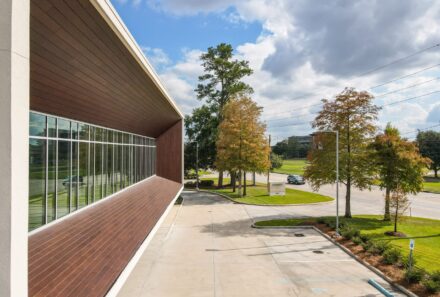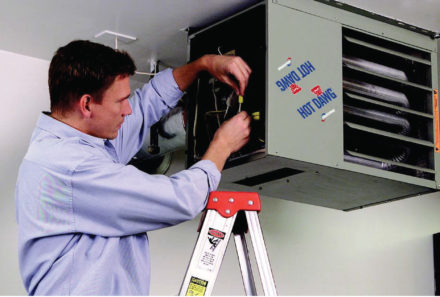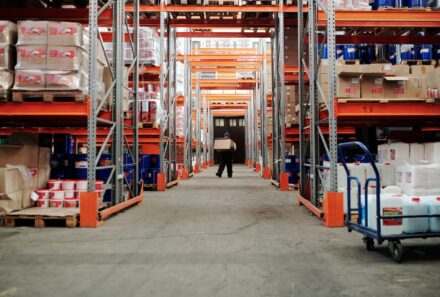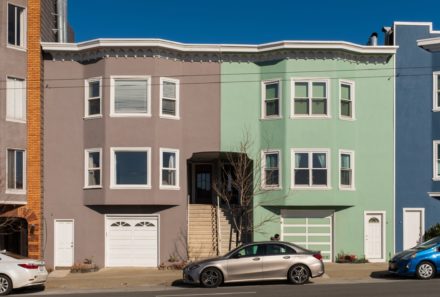Heaters, planes and automobiles
Here’s a look at the first 50 years of Modine’s 101-year history
Modine has weathered depressions, recessions and wars in its 101 years.
It all began with the vision of Art Modine, who established the manufacturing company in Racine, Wisconsin, in 1916 based on innovation and cutting-edge technology. The rise of the automobile and the need for radiators and early heat-transfer methods helped fuel the company’s initial growth into the international company it is today. In 1918, Modine devised a unit heater to keep his radiator assemblers warm. Unit heaters would become a staple of the heating division, and remain so today.
In observance of the 101st anniversary, here’s part one of a look at Modine history and its formative events over the decades:
Roaring ‘20s
- The advent of the Model T further fuels Modine’s growth in the auto industry. The company’s Turbotube radiator becomes a Model T standard in 1925.
- The Modine Heating Division is established, and the company goes public.
Turbulent ‘30s
- Modine lost $150,000 three years into the Great Depression but reverses its fortunes with another deal with Ford. The company becomes the sole supplier of Ford truck radiators.
- In 1937, Modine begins a 10-year expansion plan and invests in R&D and more production facilities.
The War Years
- In 1940, the company builds a revolutionary wind tunnel that is later used to test military vehicles, including the iconic Jeep.
- Modine redesigns the Supercharger Aftercooler and provides even more speed to the P-51 Mustang, the fastest Allied plane.
- The company receives four Army-Navy production awards over the course of the war.
- The company wraps up its expansion plans in 1947.
1950s transition
- Modine HVAC unit heaters enter the greenhouse market, an industry the company still leads today.
- The company builds a new research facility and adds four more wind tunnels.
- Innovation continues with introduction of the Alfuse Method, a new way to bond aluminum.
1960s growth
- Modine enters the school market with lines of ventilators, cabinets and water fountains.
- The company expands its international footprint by licensing Alfuse technology to Showa Aluminum of Tokyo.
- Modine wraps up the decade with a total of 10 manufacturing plants.
The first 50 years of Modine were a period of dizzying growth and innovation in multiple sectors.
The first 50 years of the company started by Arthur Modine in 1916 were marked by the Great Depression, war, and peacetime innovation and expansion.
Here’s a look at the second 50 years of Modine’s 101-year history.
Hallmarks of the last 50 years included global expansion, a significant push into the automobile aftermarket, increased HVAC product development, and growth into the multibillion-dollar international company we know today.
In observance of the 101st anniversary, here’s part two of a look at Modine history and its formative events over the decades:
Shifting ‘70s
- The OPEC oil embargo fuels demand for more compact and fuel-efficient cars. Japanese automakers quickly meet the need and Modine senses opportunity.
- Forty years after making components for vehicles and planes involved in the Allied fight against Germany and Japan, a Modine delegation visits Japan to open a new market.
- By 1979, Modine is the leading supplier of condensors and evaporators for Toyotas, Hondas and Nissans.
- Innovation continues during the decade with the introduction of more efficient liquid-to-liquid coolers for tractors and compact cars.
- The U.S. Patent Office approves the last of 122 patents for Arthur Modine.
Expanding ‘80s
- Buoyed by its initial entries into foreign markets and free-trade agreements, Modine embarks on an aggressive period of expansion.
- The company makes its first non-U.S. acquisition in Canada and establishes itself in Asia, Europe and South America.
- The company’s stock is traded on NASDAQ.
- Domestic acquisitions cement Modine as a major aftermarket player in the automotive industry.
- The decade’s innovations include the Beta-Weld Radiator, which becomes standard for heavy trucks and is the first million-mile radiator in the trucking sector. The parallel-flow condenser, which requires fewer raw materials and reduced refrigerant linked to ozone-layer depletion, is introduced in 1987.
Global ‘90s
- Modine becomes the sole provider of charge-air coolers for Ford and Navistar.
- Its aftermarket presence expands to account for 40 percent of replacement radiators.
- Modine International and Modine Europe are established to oversee non-domestic operations.
- The company’s international acquisitions expand to Germany with the purchase of heat-exchanger producer Längerer and Reich.
- The decade’s top innovations include Turbofin, which reduces air-conditioner fin material without sacrificing capacity.
The New Millennium:
- Modine continues global momentum in the 2000s with the establishment of an Asia headquarters.
- The Great Recession prompts a deep examination of its business practices, but Modine continues its global expansion with acquisitions of a Canadian geothermal producer and another UK interest. A Chinese partnership allows the company to provide coolers and other specialized company products to the Chinese auto market.
- Innovations include improvements to fuel cells, electric cooling systems, and the highly efficient Effinity unit heaters are introduced. The advent of the Atherion rooftop unit cements its presence in the HVAC market.
- The company’s stock moves to the New York Stock Exchange from NASDAQ.
- Modine acquires Airedale, providing the foundation to expand Modine’s heating products into a full-building heating, ventilation and air-conditioning business in both European and U.S. markets.
- Modine launches its Energy Conservation Initiative and becomes a proponent of environmentally sound production methods.
- Modine expands its presence in Brazil.
In 2014, Airedale acquired Barkell, a UK manufacturer of air-handling units. Modine acquired coils manufacturer Luvata in 2016. As of 2018, Modine continues to diversify while adhering to its principles of thermal innovation, efficiency, and research and testing. Not bad for a company that started 101 years ago when Art Modine hung an improvised heater from a warehouse roof in Racine.








